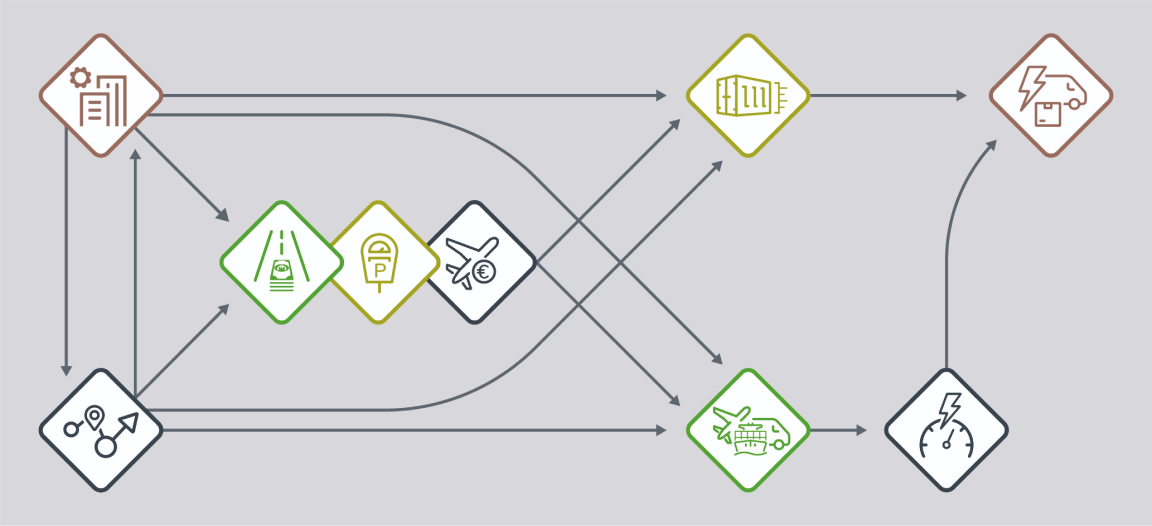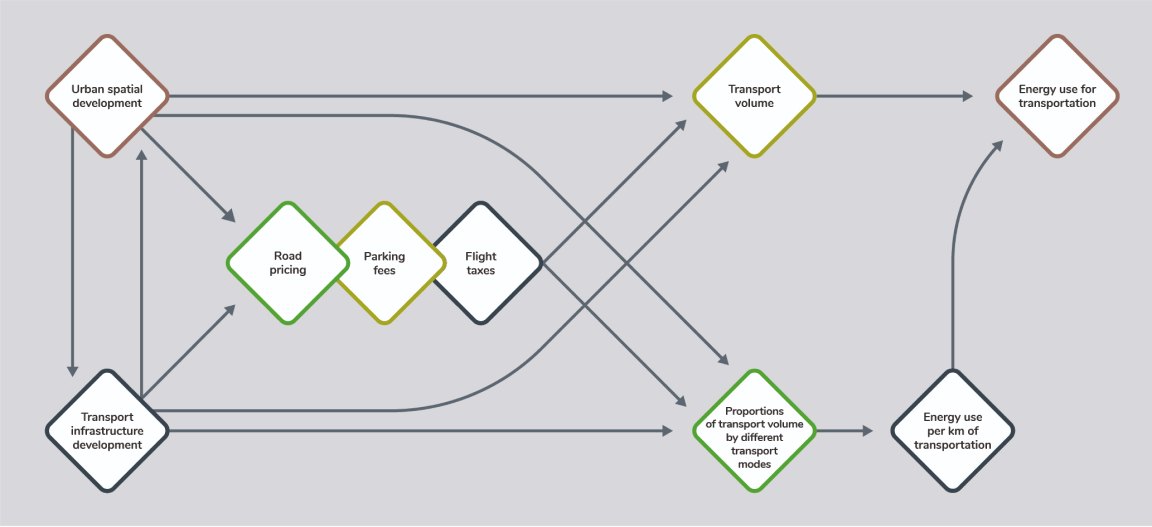
10 Nov Illuminating potentials for energy saving within the transportation sector
The Norwegian University of Life Sciences researchers (lead by Prof. Dr.Ing. Petter Næss) coordinated the sEEnergies efforts trying to estimate energy efficiency potentials in the EU/EFTA area within the transportation sector. The research was conducted through urban spatial development, transport infrastructure development, and economic instruments for transportation demand management, with 2050 as the time horizon.
Together, the estimated energy savings from energy efficiency measures within urban spatial development, transport infrastructure development and transportation demand management represent a substantially lower energy consumption than in a business as usual scenario.
A scenario approach has been used: a consistent use of energy-efficient measures over the period 2020-2050 has been compared with a continuation of trends observed over the last couple of decades. More than for many other sectors, the energy use within the transportation sector and the potentials for improved energy efficiency depend crucially on human motivations, attitudes, social networks or other conditions enabling or constraining their actions. The actual energy use and the potential energy efficiency improvements also vary substantially with geographical contexts, and for many of the measures for increased energy efficiency, the magnitude of potential savings is difficult to measure accurately. Add to this that the effects of relevant measures are unlikely to remain constant over time.

The baseline trajectory against which an energy efficiency scenario is compared is also encumbered with great uncertainties. Due to all these circumstances, the estimated size of the energy efficiency potentials must be characterized as crude. They nevertheless offer an indication of the order of magnitude of potential energy savings due to efficiency measures through the instruments addressed in this report. Based on a number of assumptions, our estimations suggest an average annual energy-saving potential in the period 2020-2050 of 20 – 25% of the total annual energy use for transportation in the EU/EFTA area in 2020 through dense and concentrated urban spatial development, halt in motorway construction and airport expansions, and economic instruments for transportation demand management. Energy savings through vehicle technology are not included in this estimate.
Read the full report here.

